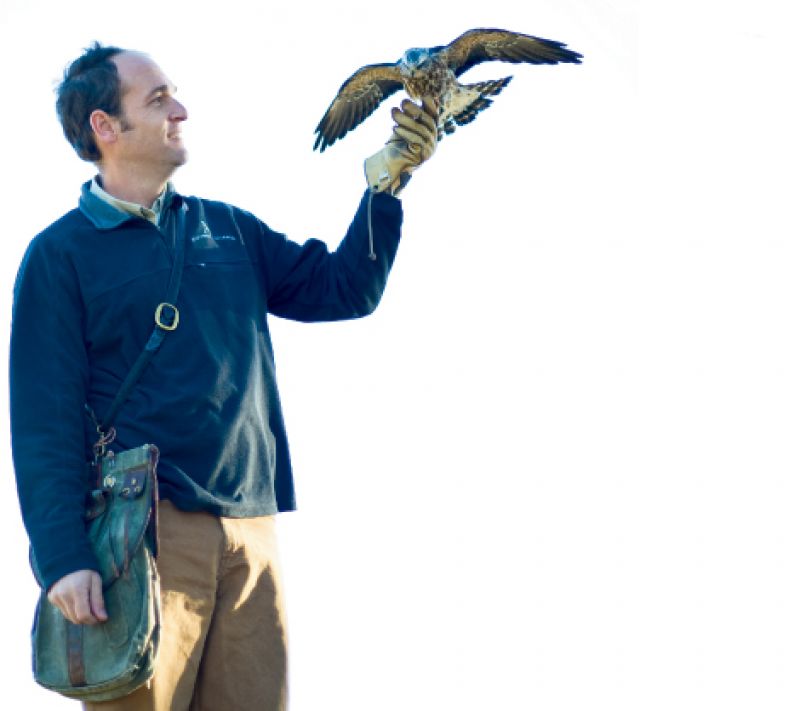
Hometown: James Island
Occupation: Director of Education, The Center for Birds of Prey
Education: Bachelor’s in elementary education and master’s in environmental science from College of Charleston
Coolest experience: “Conducting flight demos in the East Meadow of Central Park in NYC as part of the Falconry Extravaganza. There’s nothing like seeing a falcon stooping toward you against a backdrop of skyscrapers lining Fifth Avenue.”
CM: Why are birds of prey so important?
SS: They keep prey species healthy and in check, and they serve as an indicator of an ecosystem’s health. For example, declines in the populations of big, charismatic birds like bald eagles, peregrine falcons, and brown pelicans helped us recognize the harmful effects of DDT and led us to curtail its use before it caused problems for other animals, including humans.
CM: What’s the highlight of a day at work?
SS: I like the parts of my job that parallel education the best. Training birds is a lot like teaching children—pick the behavior you want to see more of and reward it. Daily “bird work” involves feeding, observing, and cleaning up after them, and we do a lot of bird training every day to maintain our flight team that we demonstrate on weekends.
CM: Birds have been known to occasionally fly off during demos—does a part of you ever want to see them set free?
SS: A fly-off feels bad, because the bird is at risk. They wear radio transmitters, so they are very rarely “lost,” but when they’re out of site, they’re vulnerable to being eaten, hit by a car, electrocuted, or even shot. Remember, the birds we fly are not intended to be in the wild, either due to disabilities or being bred in captivity.
CM: What are the biggest threats that birds of prey face in the Lowcountry?
SS: Habitat loss. Car collisions are also a big problem, so drive carefully and don’t litter. Trash attracts animals like mice and raccoons—a hawk will see a rat sneaking out to feed on the scraps and stoop down, not noticing the speeding traffic. Or, the smaller animals will get hit by cars, and their carcasses attract scavenger birds who are then in danger of being hit themselves.
CM: If you could take the mandolin parts in your dream circle of pickin’ partners, who would you include?
SS: Bill Monroe would have to be there, and John Hartford on the fiddle and calling songs. Dave Okey (formerly of Flatt City) on bass, and Tim O’Brien, Tony Rice, Kenny Baker…how big is the circle? Honestly, I’m pretty lucky that the guys I play with all the time are such great pickers.
See Him in Action: Schabel and his team are conducting flight demos during the Southeastern Wildlife Exposition, February 15-17. For details, go to sewe.com. To tour the Center for Birds of Prey, open Thursday through Saturday, visit www.thecenterforbirdsofprey.org.